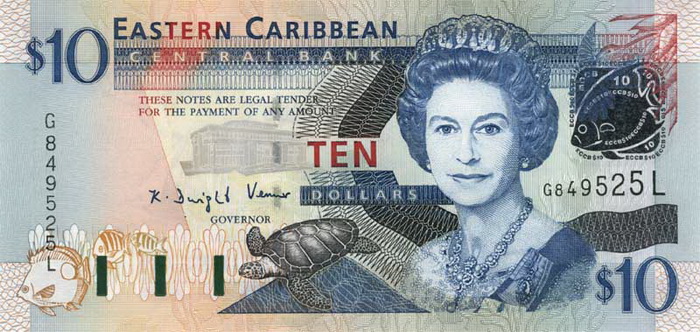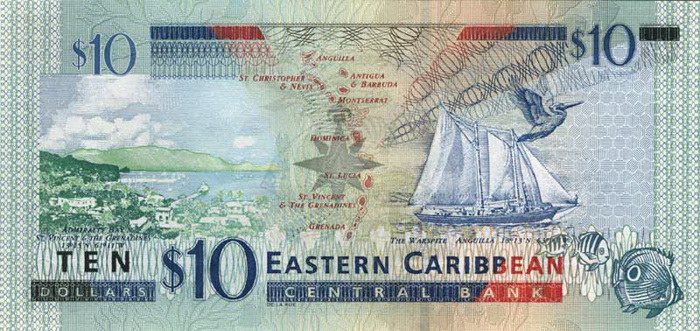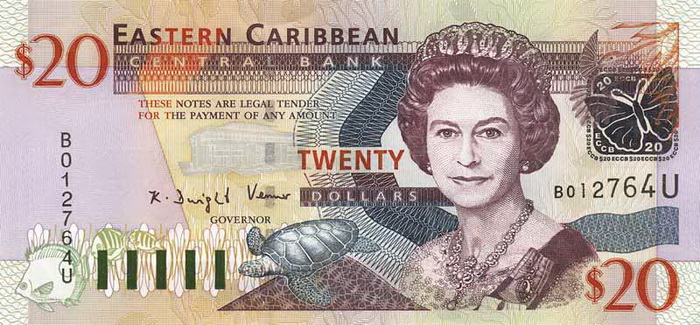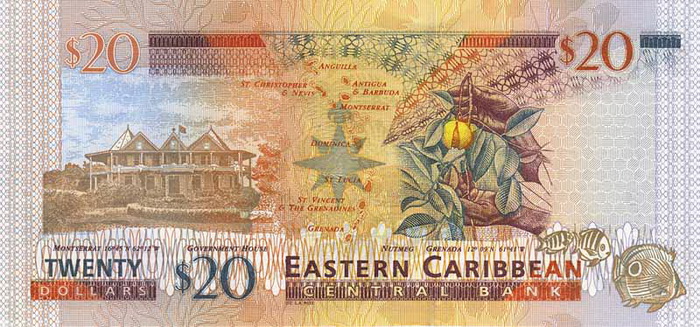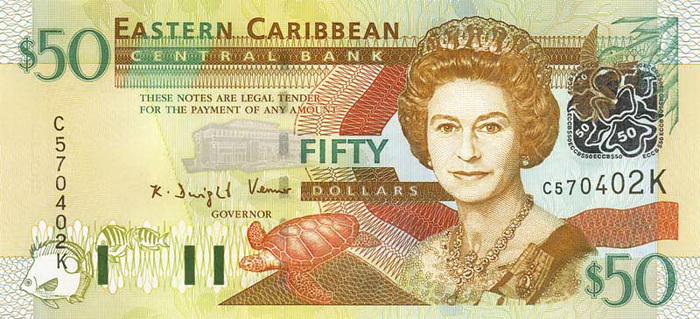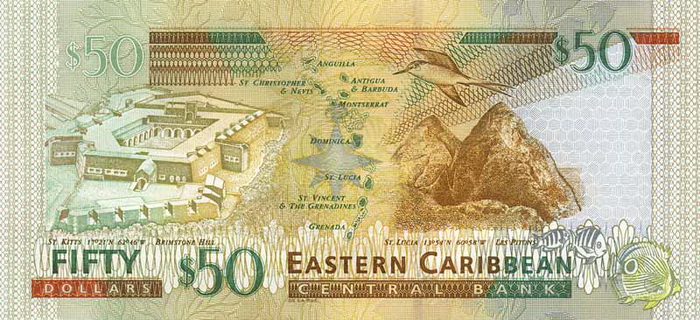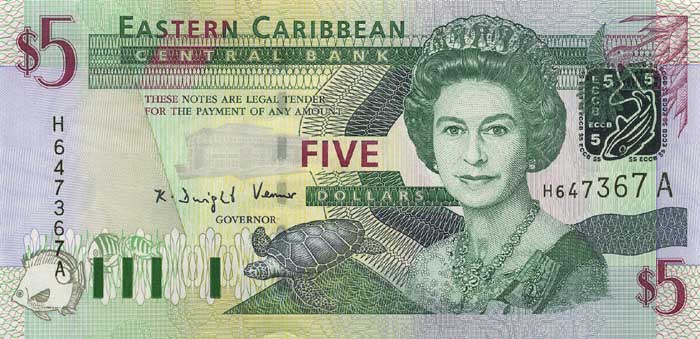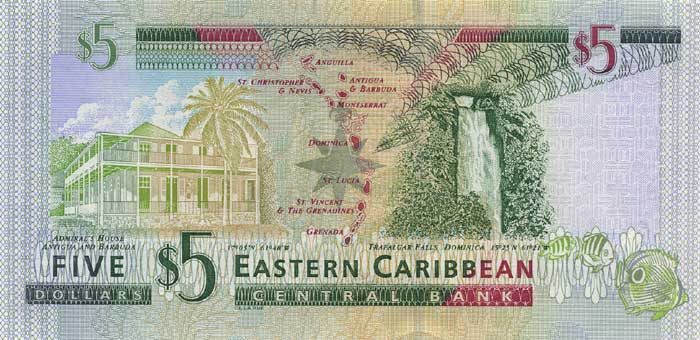Discovering Grenada: The Spice Island
When you think of breathtaking landscapes, flavorful spices, and vibrant culture, Grenada undoubtedly stands out. Nestled in the Caribbean Sea, this remarkable island nation comprises the main island of Grenada, fondly referred to as the "Spice Island," along with eight smaller satellite islands, including Carriacou and Petit Martinique. Covering an area of approximately 344 km², Grenada presents a beautiful mosaic of lush rainforests, stunning beaches, and rich agricultural lands.
A Brief Overview of Grenada
As a member of the Windward Islands, Grenada faces the Caribbean Sea and lies north of Trinidad and Tobago while residing south of Saint Vincent and the Grenadines. This independent nation, part of the Commonwealth of Nations, is one of the smallest countries in the western hemisphere. The capital and most populous city, St. George's, delights visitors with its colorful architecture and historical significance. According to the 2015 census, Grenada's population stood at around 107,000 inhabitants, primarily speaking English and various local creole languages.
Historical Context
Grenada's history is both intriguing and tumultuous. The island experienced a significant turning point on October 19, 1983, when a Marxist military council took control. Just six days later, the United States, together with six Caribbean nations, launched an invasion. This swift operation resulted in capturing the key figures behind the takeover and their Cuban advisers. Importantly, following this intervention, Grenada reinstated free elections, paving the way for democratic governance.
Geographical Wonders
Grenada's diverse geography includes three volcanic islands, primarily the main island Grenada, along with the smaller Carriacou and Petit Martinique. The island's terrain features mountainous regions adorned with rainforests, while its climate remains tropical, with steady trade winds promoting a pleasant atmosphere. Tourists can explore Grenada's hidden coves, pristine beaches, and vibrant underwater ecosystems, which attract snorkelers and divers from around the globe.
Cultural Richness
The cultural fabric of Grenada is woven from various influences, including African, Indian, and European heritage. Approximately 75% of the population descends from African origins, while other groups comprise South Asians and Europeans. The islanders proudly celebrate their traditions through lively music genres such as calypso and reggae, reflecting their African ancestry. Festivals, such as Carnival, bring the community together, showcasing vibrant costumes and rhythmic dance performances.
Languages
In Grenada, language plays a significant role in uniting the people. While English serves as the official language, Grenadians often communicate in their unique creole languages, including Grenadian Creole English and Grenadian Creole French, which showcases the island's cultural richness.
Economy and Agriculture
The economy of Grenada primarily relies on agriculture, tourism, and manufacturing. Boasting natural resources such as timber and tropical fruit, Grenada's agricultural sector focuses on producing bananas, cocoa, and a variety of spices, including nutmeg, cinnamon, and ginger. Indeed, Grenada holds a distinguished reputation as one of the world’s largest producers of nutmeg.
In addition to agriculture, tourism plays a crucial role in driving Grenada's economy. The island attracts visitors with its stunning landscapes, warm climate, and warm hospitality, making it a preferred destination for travelers seeking relaxation and adventure.
Exports and Trade
Grenada's key exports include nutmeg, bananas, cocoa, various fruits and vegetables, and clothing. Notable trade partners comprise Nigeria, Saint Lucia, and St. Kitts and Nevis, among others. These exports significantly contribute to Grenada's economy by providing essential foreign exchange earnings.
Natural Resources and Industry
Alongside its rich agricultural output, Grenada’s industries focus on food and beverages, textiles, light assembly operations, and construction. The importance of tourism cannot be overstated, as it has blossomed into a vital pillar supporting the nation’s economic development.
Challenges and Opportunities
Although Grenada enjoys many natural blessings, it also faces several challenges. Economic diversification remains a priority, as reliance on a few key sectors may hinder sustainable growth. However, with its strategic location and gorgeous landscapes, Grenada holds immense potential for expanding its tourism sector.
Visit Grenada: An Island of Adventure
For those contemplating their next vacation destination, Grenada offers an unforgettable experience. From exploring pristine beaches and hidden waterfalls to savoring flavorful local cuisines, the island’s charm is boundless. Adventure seekers find solace in hiking through lush rainforests or diving into vibrant coral reefs, showcasing Grenada's remarkable biodiversity.
Moreover, Grenadians take immense pride in their island. Traditional dishes like "oil down," a hearty stew made with breadfruit and coconut milk, serve as a testament to their rich culinary heritage. Local markets brim with spices, fruits, and textiles, providing visitors with an authentic taste of Grenadian culture.
In conclusion, Grenada, with its breathtaking beauty, rich history, and warm hospitality, serves as an ideal getaway for travelers seeking relaxation and adventure. Grasp the opportunity to discover the captivating allure of Grenada, and make unforgettable memories on this enchanting island.
Largest cities of: Grenada
| City Name | Population | Year of foundation | |
| St. George's | 34,000 | 1763 | |
| Grand Anse | 6,000 | 1763 | |
| Gouyave | 5,000 | 1710 | |
| Victoria | 2,500 | 1763 | |
| Carriacou | 1,200 | circa 1776 | |
| Grenville | 1,000 | 1498 |
Grenada: Money
